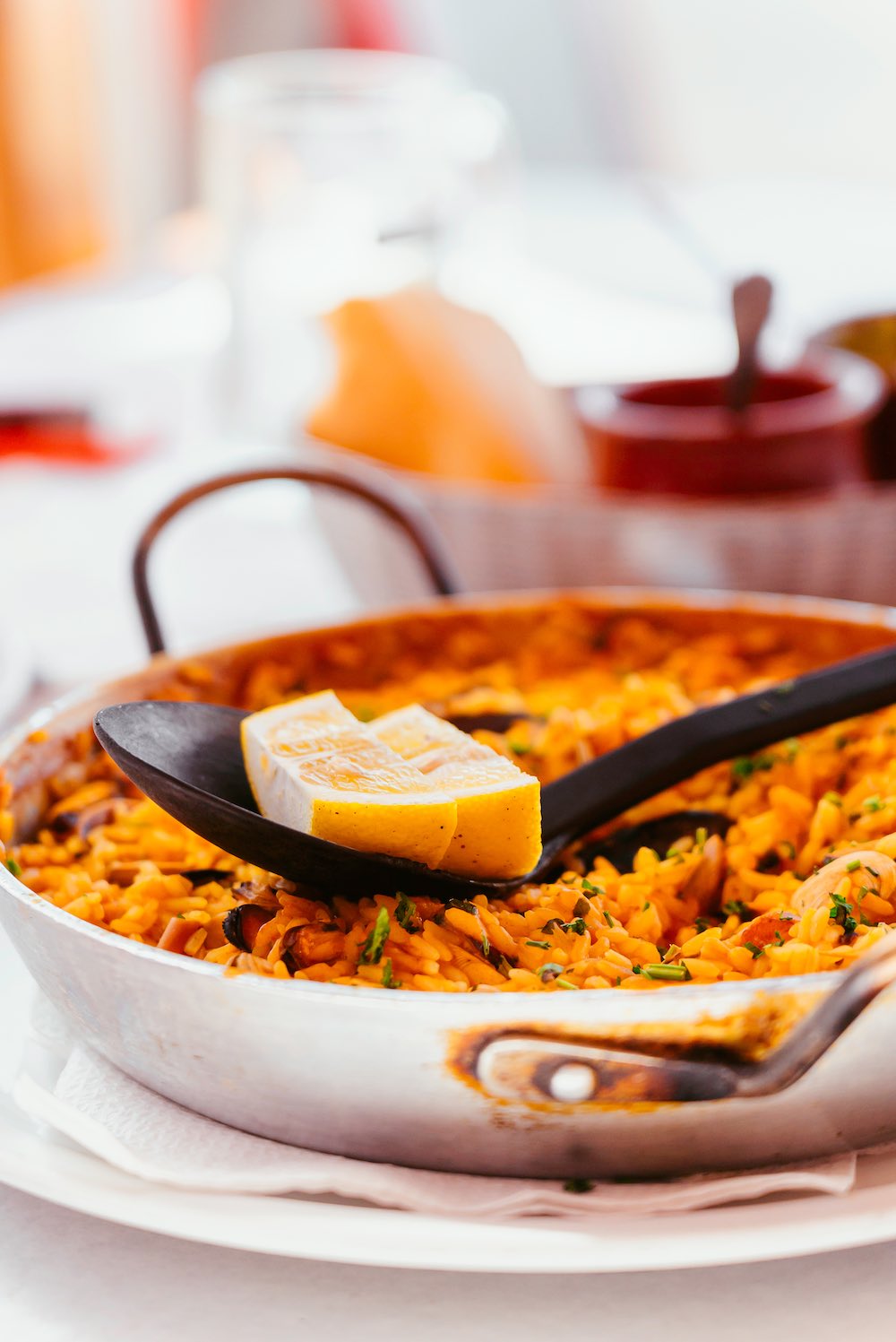When we think about Spanish cuisine, paella is one of the first things that comes to mind, but did you know that there are many more dishes that are based on rice?
In this article, we will explore some of the most popular and delicious rice types from Spain, and show you why rice production is so important in this country.
So, if you are looking for something new and wonder how do you make spanish rice in your kitchen, read on and discover the incredible variety of Spanish rice!
Why is rice so popular in Spain?
Rice has been an important part of Spanish cuisine for centuries. It first arrived in Spain during the Moorish period, when it was introduced to the Iberian Peninsula. Since then, its popularity has only grown, and today it is one of the main staples of Spanish cuisine.
Rice dishes can be found in almost every region of Spain, from the paella of Valencia to thearroz con leche of Andalusia. It is also often used in soups, stews, and salads, as well as in desserts like the mentioned Andalusian rice pudding. Another typical dish is arroz caldoso, a type of rice dish with a broth-like consistency.
Thanks to its immense production in Spain, rice is also a relatively inexpensive staple, making it a popular choice for budget-conscious diners. Not to mention it is a great source of carbohydrates, essential vitamins and minerals.
Typical rice varieties grown in Spain
These three popular Spanish varieties of rice are unique and have their own characteristics. They are all highly valued for their firmness and ability to absorb flavors, which makes them ideal for preparing a wide range of dishes.
Calasparra rice
Calasparra rice is a special variety of rice grown in the region of Calasparra, in the Eastern province of Murcia. The origin of this variety dates back to the 16th century and is the result of a hybridization between the local varieties and the Asian ones. This type of rice is characterized by its large grain, rounded shape and its intense white color. Its high resistance to drought and its ability to absorb large amounts of liquid and flavor make Calasparra rice quite a versatile grain.
This rice is commonly used in paellas, but also in other dishes such as rice with squid, rice with artichokes and rice with mushrooms.
Cooking techniques for Calasparra are varied. It is usually stewed in a pot with broth and other ingredients (meat, legumes, vegetables, etc.), then it’s usually served as a side dish or even as a main course.
Albufera rice
This short-grain type of rice is native to the Valencian Community in Spain. It is also known as “paella rice”, and mainly grown in the Albufera Natural Park in Valencia. It has becomeone of the most appreciated varieties of rice in the world. The Albufera rice is an important part of the Valencian gastronomy and is used in the preparation of the famous Valencianpaella or the popular arroz con costra.
It has a unique flavor, aroma and texture, with a high liquid-absorption capacity, so it is necessary to use a higher water-to-rice ratio than other varieties of rice when preparing it. It also has a very creamy consistency, which is what makes it the perfect ingredient for a Valencian paella.
Bahia rice
Like Albufera rice, Bahía is a variety of rice grown in the Valencian Community. It has a unique flavor, texture, and appearance that make it a popular choice for a wide range of dishes. It is known for its nutty aroma and the firmness of the grains when cooked. It is commonly used in recipes such as paella, risotto, and other Spanish traditional recipes such as cod with rice or bacalao al pil-pil.
Valencian marshlands are known for their high humidity and frequent rain, which creates an ideal environment for growing rice. The grains are carefully tended and harvested to ensure the highest quality. The rice is then cleaned, hulled, and polished to create the perfect grain.
When cooking with Bahia Rice, it is important to use the correct amount of water. Generally, it is recommended to use two parts water to one part rice. This will help the rice to cook evenly and keep its distinct texture.








